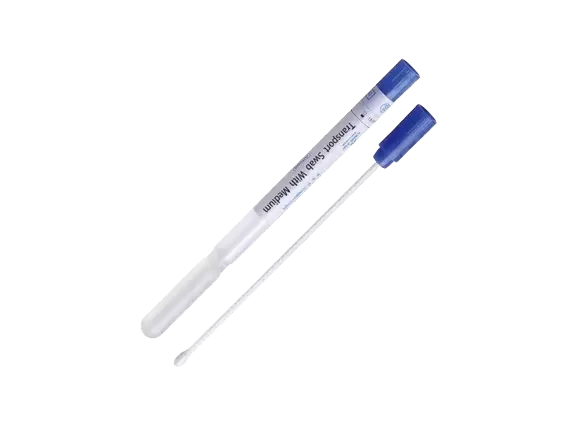Illuminating the Night: How to Determine if Your Security Camera is Equipped with Night Vision
In an age where security is paramount, the functionality of surveillance systems plays a critical role in safeguarding our homes and businesses. One of the most essential features of modern security cameras is night vision capability, which allows for effective monitoring in low-light conditions. However, many users may find themselves asking, How do I know if my security camera has night vision? This article will delve into various aspects of night vision technology, how to identify its presence in your security camera, and the implications of having this feature for your security needs.
Understanding Night Vision Technology
Before we explore how to determine if your security camera has night vision, it’s important to understand what night vision technology entails. Night vision typically refers to the ability of a camera to capture clear images in low-light or complete darkness. This is achieved through two primary technologies: Infrared (IR) illumination and Low-Light Sensitivity.
- Infrared (IR) Illumination: Most modern security cameras equipped with night vision utilize infrared LEDs. These LEDs emit light that is invisible to the human eye but can be detected by the camera’s sensor. When the ambient light drops below a certain threshold, the camera automatically switches to IR mode, allowing it to capture clear images in total darkness.
- Low-Light Sensitivity: Some cameras are designed to perform well in low-light conditions without the need for IR illumination. These cameras often use advanced sensors that can amplify available light, enabling them to produce color images even in dim environments.
Identifying Night Vision Features in Your Security Camera
To ascertain whether your security camera is equipped with night vision capabilities, consider the following steps:
- Check the Specifications
The first and most straightforward method is to consult the camera’s specifications. This information can typically be found in the user manual or on the manufacturer's website. Look for terms such as night vision, infrared, or low-light performance. Key specifications to look for include:
- IR Range: This indicates how far the camera can see in complete darkness. A higher IR range means better visibility at night.
- Lux Rating: This measures the minimum light level at which the camera can operate effectively. A lower lux rating indicates better performance in low-light conditions.
- Examine the Camera Design
Many security cameras with night vision features have distinct physical characteristics. Look for:
- Infrared LEDs: These are usually small, black, or clear bulbs located around the camera lens. If your camera has a ring of LEDs, it likely has night vision capabilities.
- Lens Size and Type: Cameras designed for low-light performance often have larger lenses to allow more light to enter.
- Test the Camera in Low-Light Conditions
If you are still uncertain, conducting a practical test can provide clarity. Set up your camera in a dimly lit environment or wait until nighttime. Observe the following:
- Automatic Switching: Many cameras will automatically switch to night vision mode when the light levels drop. If you notice the camera’s LEDs illuminating the area, it is equipped with night vision.
- Image Quality: Review the footage or live feed. If the images remain clear and discernible in low light, your camera is functioning as intended.
The Importance of Night Vision in Security Systems
Having a security camera with night vision capabilities is crucial for comprehensive surveillance. Here are several reasons why:
- Enhanced Security: Criminal activities often occur under the cover of darkness. Night vision cameras provide the necessary visibility to monitor and deter potential threats.
- 24/7 Monitoring: With night vision, your security system can operate effectively around the clock, ensuring that your property is always under surveillance.
- Evidence Collection: In the unfortunate event of a security breach, having clear footage from nighttime incidents can be invaluable for law enforcement and insurance claims.
Conclusion
Understanding whether your security camera has night vision capabilities is essential for maximizing its effectiveness in protecting your property. By checking specifications, examining the camera design, and conducting practical tests, you can confidently determine the presence of this crucial feature. As security threats evolve, investing in a camera with reliable night vision technology is not just a choice; it’s a necessity for comprehensive surveillance.


